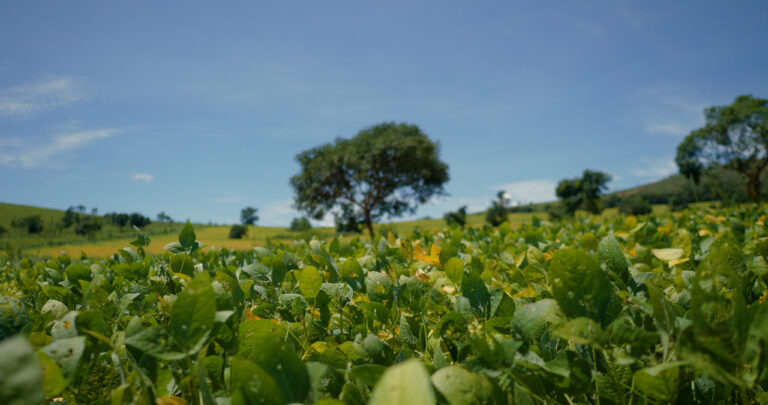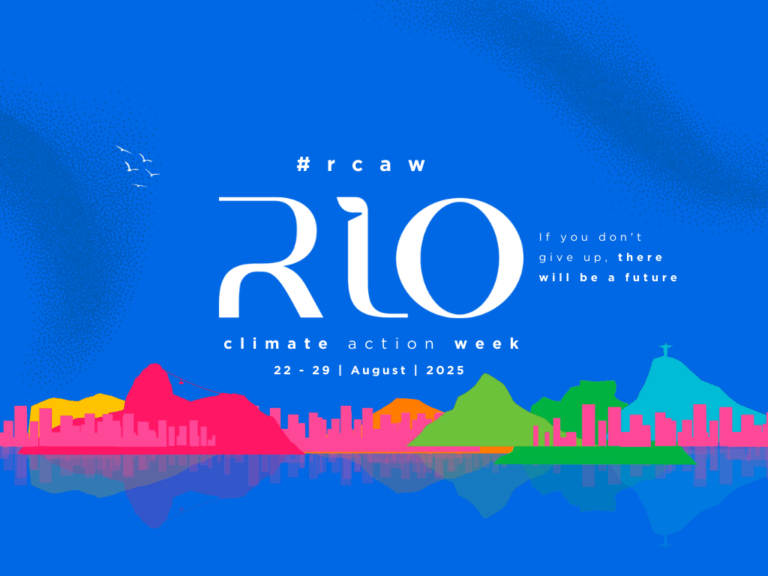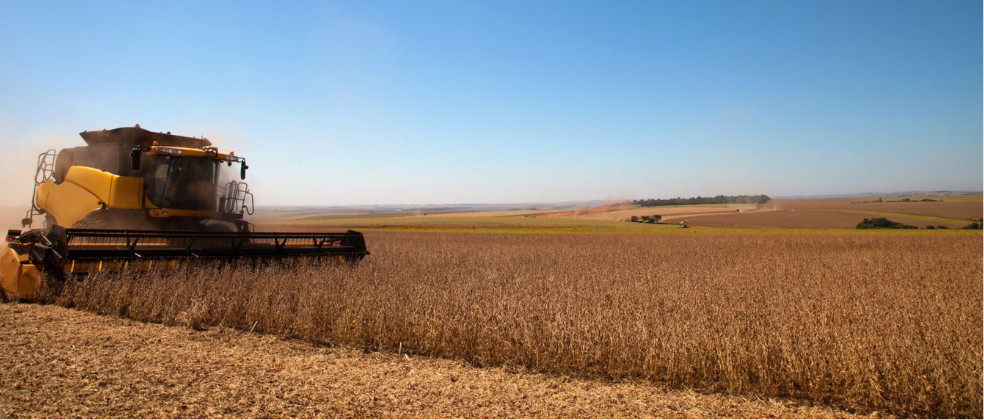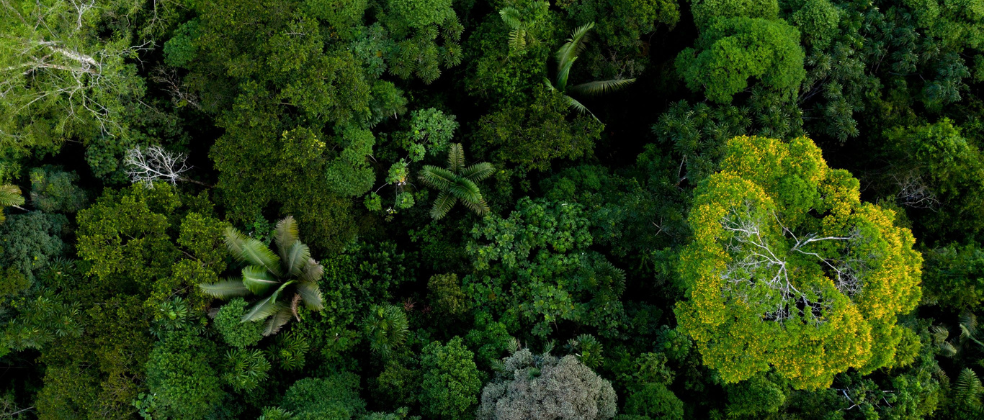The Green CRAs issued to capitalise the Responsible Commodities Facility (RCF) has obtained a Second Party Opinion (SPO) from environmental advisory firm ERM-NINT.
The report concluded that the RCF’s Cerrado Programme is in alignment with both the Green Bond Principles (GBP) of the International Capital Market Association (ICMA), and the Green Loan Principles (GLP).
ERM-NINT conducted a complete review and assessed the four core components of the Principles in the category of ‘living natural resources and land use projects’ which includes environmentally sustainable agriculture and preservation of natural landscapes.
In three of four components of the analysis, ERM-NINT allocated the highest rating of ‘Leadership’ and in the fourth ‘Comfortable’ owing only to the RCF’s specific focus on DFC actions, and not on wider low-carbon agricultural practices.
The report also made mention of the RCF’s “well structured Environmental Eligibility Criteria.”
“We are very pleased to announce this achievement for the RCF, and to be able to offer this additional assurance of integrity to investors, as we rapidly scale-up operations to increase capital allocation to create positive environmental impact in the Brazilian Cerrado.” Pedro Moura Costa, CEO of SIM, the designer and coordinator of the RCF.






